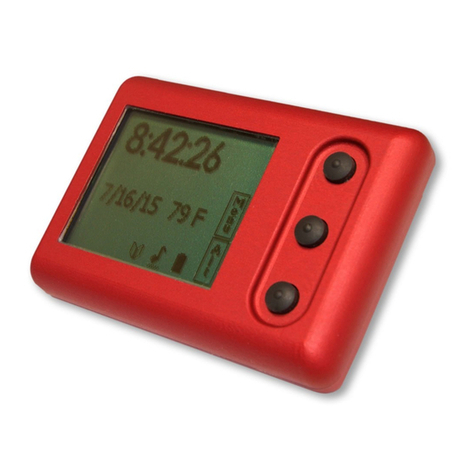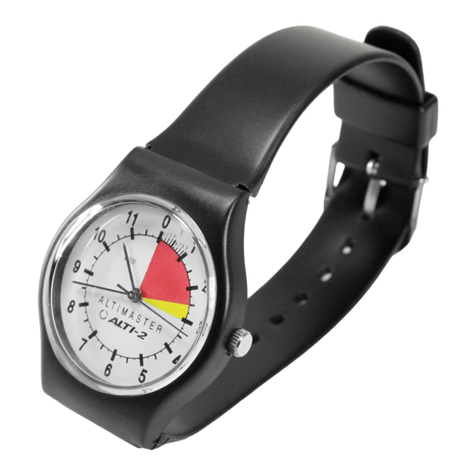
Table of Contents
INTRODUCTION.................................................................................................................................................................... 2
SOFTWARE UPGRADES.....................................................................................................................................................2
CUSTOMER SUPPORT.........................................................................................................................................................2
TABLE OF CONTENTS.........................................................................................................................................................3
BASIC OPERATION .............................................................................................................................................................4
BASIC SETUP PROCEDURE.............................................................................................................................................4
INSERT BATTERY...........................................................................................................................................................................4
FITTING THE HELMET CLIP...........................................................................................................................................................6
HAND MOUNT................................................................................................................................................................................7
TIME AND DATE.............................................................................................................................................................................8
LOGBOOK SETUP...........................................................................................................................................................................9
ALARMS..........................................................................................................................................................................................9
IR DOWNLOADS.................................................................................................................................................................10
DISPLAY SCREENS / MODES.......................................................................................................................................11
GROUND.......................................................................................................................................................................................11
ALTITUDE..................................................................................................................................................................................... 12
CLIMB...........................................................................................................................................................................................12
FREEFALL .....................................................................................................................................................................................13
CANOPY........................................................................................................................................................................................14
ALARMS...................................................................................................................................................................................14
GENERAL...................................................................................................................................................................................... 14
FREEFALL ALARMS.......................................................................................................................................................................16
CANOPY ALARMS......................................................................................................................................................................... 18
LOG BOOK..............................................................................................................................................................................20
DZ SETUP................................................................................................................................................................................24
FLIP ...........................................................................................................................................................................................25
BACKLIGHT............................................................................................................................................................................25
AUTO/ECON..........................................................................................................................................................................26
MODES......................................................................................................................................................................................26
DEMO MODE................................................................................................................................................................................ 26
DEMO ALARMS ............................................................................................................................................................................26
TRAINING MODE................................................................................................................................................................27
SPECIFICATIONS...............................................................................................................................................................28
DISASSEMBLY......................................................................................................................................................................28
GENERAL CLEANING........................................................................................................................................................28
MAINTENANCE AFTER SUBMERSION IN SALT WATER................................................................................29
SERVICING............................................................................................................................................................................30






























